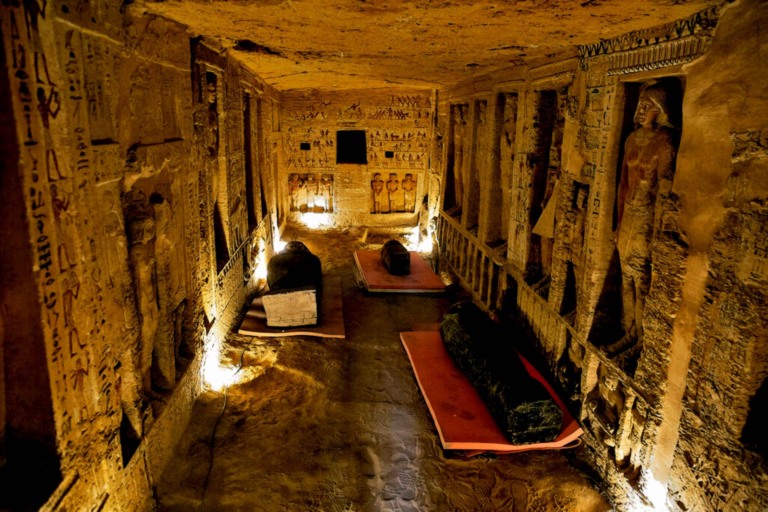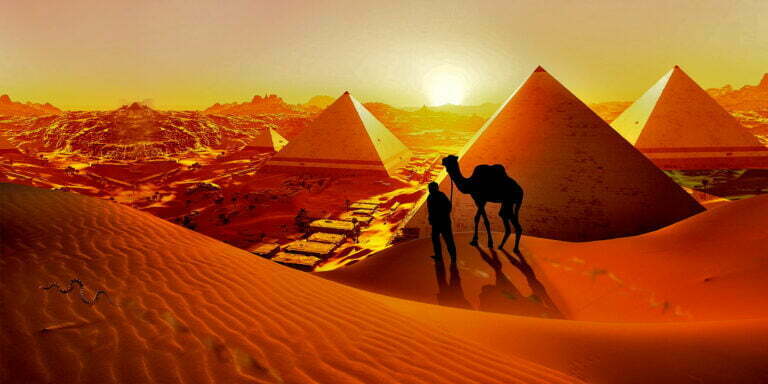The Great Sphinx of Giza is an iconic and enigmatic monument located on the Giza Plateau, near Cairo, Egypt. It is one of the most recognizable symbols of ancient Egypt and an integral part of the Giza Necropolis, which also includes the famous Pyramids of Giza. Here are some facts about the Great Sphinx of Giza:
Facts about the Great Sphinx of Giza
1. Appearance: The Sphinx is a colossal limestone statue with the body of a lion and the head of a pharaoh, believed to represent the pharaoh Khafre (also known as Chephren), who ruled during the Old Kingdom period.
2. Size: The Great Sphinx stands approximately 66 feet (20 meters) tall, 240 feet (73 meters) long, and 66 feet (20 meters) wide. It’s one of the largest monolith statues in the world.
3. Guardian of the Pyramids: The Sphinx is located near the Pyramids of Giza, and its precise purpose remains a subject of debate among historians and Egyptologists. It is often thought to have been built as a guardian statue for the pyramids and their associated complexes.
4. Symbolism: The combination of the lion’s body and the pharaoh’s head in the Sphinx carries symbolic significance. The lion represents strength and power, while the pharaoh’s head represents divine authority and rulership.
5. Nose Myth: The Sphinx is famously missing its nose, which is believed to have been damaged or destroyed by various factors over the centuries. The popular legend that Napoleon’s troops shot off the Sphinx’s nose has been debunked by historical accounts.
6. Age and Construction: The construction of the Sphinx is attributed to the reign of Pharaoh Khafre, around 2500 BC. It was carved from a single limestone bedrock and would have required significant labor and craftsmanship to create.
7. Restoration and Conservation: Over the centuries, the Sphinx has undergone periods of restoration and conservation efforts to preserve its structural integrity. In modern times, restoration projects have focused on stabilizing the monument and addressing erosion and weathering.
8. Alignment: The Sphinx’s orientation is believed to be linked to astronomical alignments, particularly the rising sun during certain times of the year.
9. Tourism: The Great Sphinx of Giza is one of Egypt’s most visited and photographed landmarks. It draws tourists and history enthusiasts from around the world who come to marvel at its grandeur and mystery.
10. Surrounding Area: The Sphinx is part of a larger complex that includes temples and causeways associated with the Pyramids of Giza. Visitors can explore the area to gain insights into ancient Egyptian architecture and rituals.
The Great Sphinx of Giza remains a captivating and enigmatic testament to the ancient Egyptian civilization. Its sheer size, intricate details, and the aura of mystery that surrounds it continue to fascinate people and inspire countless theories about its origins and significance.



